核磁共振技术协助帕金森病的基因治疗
时间:2021-02-23 作者:盛诺一家
发表于2020年12月3日
麻省总医院研究人员正在参加一项二期临床试验,测试一种有前景的帕金森病的基因疗法。该团队正在使用一种最先进的传输技术,可以让他们看到输入液进入大脑的过程,并根据需要实时调整。该方法代表了神经外科基因治疗的一个进步,并将开启直接给药治疗帕金森病和其它神经疾病的新时代。
麻省总医院神经外科功能神经外科主任Dr. Mark Richardson说,探索基因疗法治疗神经系统疾病的研究已经进行了几十年,但取得的成功有限。问题不一定是这些疗法无效,而是它们没有准确地击中目标。
Dr. Richardson说:“基因治疗领域之所以发展缓慢,其中一个原因是,要确定载体能到达你想要它到达的地方,真的不是那么简单。但我们现在已经建立了一个黄金标准,在需要基因在特定位置表达的情况下,人们应该如何将基因治疗传递到人脑。”
改变帕金森病的治疗模式
帕金森病的病理非常复杂;这种情况起源于基底节区和黑质(SNc),前者是大脑中调节运动的区域,后者产生神经递质多巴胺。帕金森病患者黑质中的神经元死亡,导致基底神经节多巴胺水平下降,从而导致功能障碍。随着病情进展,患者会出现特征性的震颤、僵直、迟钝和其它运动症状。
目前治疗帕金森病的黄金标准手术方法是脑深部刺激(DBS),它使用电脉冲来对抗疾病症状。脑深部刺激的主要缺点是它作为植入设备的性质,需要持续编程和电池充电或更换电池。
自20世纪80年代以来,神经科学研究一直在寻求用细胞、酶或神经营养素替代等其它方法来解决帕金森病的运动和运动问题,以抵消或逆转多巴胺的损失。
Dr. Richardson强调,到目前为止,这些试验都是使用“盲注”输液:研究人员没有办法监控载体,以确保它们被准确地输送到大脑所需要的位置。
“输入液在大脑中的作用取决于病人的解剖结构。脉管系统是不同的。每个人的基底神经节在血管的位置上都是不同的,”他说。“输入液可沿血管渗出,并沿血管周围间隙排出灰质靶区。这意味着它不会有治疗效果。”
术中MRI确保靶向治疗
Dr. Richardson帮助开创了一种治疗性输液:芳香族L-氨基酸脱羧酶(AADC),一种在帕金森病中减少的酶。“如果你让大脑恢复AADC,它就能在需要它的地方制造更多的多巴胺,”他说。
在过去的十年里,Dr. Richardson参与了一个把基因治疗载体传输到正确位置的多机构研究。在《神经病学、神经外科和精神病学杂志》上发表的一篇论文中,他们描述了一种方法的演变,该方法允许神经外科团队观察载体传输,并根据需要进行实时更改:
病人被全身麻醉
该团队在病人的头骨上安装一个临时瞄准装置
为此研制的特殊输液套管被插入大脑,并由输液泵输送载体
术中磁共振成像(MRI)使研究小组能够观察输入液在大脑中的分布情况
一个特殊的软件系统可以帮助团队调整手术轨迹,并在需要时做出调整
“观察正在发生的事情很重要;在输液过程中,你必须根据外科医生通过观察输入液在大脑中的分布所解读的视觉信息不断调整套管,”Dr. Richardson说。
团队可以进行实时调整的示例包括:
套管的轨迹和位置
套管的推进
控制输入液的方向
体积和剂量
“在首次神经外科基因治疗试验中,手术方案在每一步都进行了调整,以优化最终结果,增加成功的机会,”Dr. Richardson说。“它显著提高了靶向覆盖率,缩短了手术时间。”
临床试验招募开放
麻省总医院将很快开始招募帕金森病患者进行二期临床试验,该试验将使用这种新的给药方法来管理AADC。
如果患者被诊断为帕金森病至少3年,并且有曾经通过药物很好地控制但现在不能很好地控制的运动症状,神经学家和初级保健提供者可以建议他们考虑并登记。
神经退行性疾病研究的未来
全美各地的其它研究正在使用这项新技术治疗其它神经退行性疾病和神经紊乱。该策略使研究人员能够评估治疗方案的真实程度,从而消除了仅仅因为错过了治疗方案而无法有效治疗的可能性。
Dr. Richardson说:“麻省总医院在功能性神经外科领域有着安全而又创新的发展历史,我们很有资格成为脑基因治疗的国际卓越中心。我们在神经学、精神病学和基础科学等其它领域有很多合作者,未来我们可以与他们合作,扩大这项技术的应用。”
USING MRI TO DELIVER GENE THERAPY FOR PARKINSON'S DISEASE
PUBLISHED ON DECEMBER 3, 2020
Massachusetts General Hospital researchers are joining a phase II clinical trial to test a promising gene therapy for Parkinson's disease. The team is using a state-of-the-art delivery technique that allows them to view an infusion as it enters the brain and adjust as needed in real time. The approach represents an evolution in neurosurgical gene therapy and will begin a new era of direct drug delivery in Parkinson's disease and other neurologic disorders.
Studies exploring gene therapy to treat neurological diseases have been ongoing for decades, but with limited success, says Mark Richardson, MD, PhD, director of Functional Neurosurgery in the Department of Neurosurgery at Mass General. The problem is not necessarily that the therapies are ineffective, but rather that they were not accurately hitting their targets.
"One of the reasons that the gene therapy field has been evolving slowly up to this point is that it's really not that simple to make sure that the vector goes where you want it to go," Dr. Richardson says. "But we've now established a gold standard for how one should deliver gene therapy to the human brain in instances where it is required to have the gene expressed in a certain location."
Changing the Parkinson's Treatment Paradigm
Parkinson's pathology is very complex; the condition originates in the basal ganglia, an area of the brain that regulates movement, and the substantia nigra pars compacta (SNc), which produces the neurotransmitter dopamine. Neurons within the SNc die in those with Parkinson's disease, decreasing levels of dopamine in the basal ganglia and resulting in dysfunction. As the disease progresses, patients experience characteristic tremor, rigidity, slowness and other motor symptoms.
The current gold-standard surgical treatment for Parkinson's is deep brain stimulation (DBS), which uses electrical impulses to counter disease symptoms. The main drawback to DBS is its nature as an implanted device, which requires ongoing programming and battery recharging or replacement.
Since the 1980s, neuroscience studies have sought to address Parkinson's motor and movement issues with other methods, such as cell, enzyme or neurotrophin replacement, to counteract or reverse the loss of dopamine.
Until now, Dr. Richardson emphasizes, those trials have used "blind" infusions: The researchers had no way to monitor the vectors to make sure they were accurately delivered where they are needed in the brain.
"How infusions behave in the brain is very dependent on the patient's anatomy. The vasculature is different. Everyone's basal ganglia are different in terms of where blood vessels are," he says. "Infusate can leak out along the blood vessels and exit the gray matter target along perivascular spaces. That means it's not going to have its therapeutic effect."
Intraoperative MRI Ensures Targeted Therapy
Dr. Richardson has helped pioneer one such therapeutic infusion: aromatic L-amino acid decarboxylase (AADC), an enzyme reduced in Parkinson's disease. "If you give the brain back AADC, it can make more dopamine in the place where it's needed," he says.
For the past ten years, Dr. Richardson has been involved in a multi-institutional effort to deliver gene therapy vectors to the right location. In a paper published in the Journal of Neurology, Neurosurgery and Psychiatry, they describe the evolution of an approach that allows the neurosurgical team to watch vector delivery and make real-time changes as needed:
The patient is put under general anesthesia
The team mounts a temporary aiming device on the patient's skull
A special infusion cannula developed for this purpose is inserted into the brain, and an infusion pump delivers the vector
Intraoperative magnetic resonance imaging (MRI) allows the team to watch the infusate as it is distributed in the brain
A special software system helps the team align the surgical trajectory and make adjustments if needed
"It's critical to watch what's happening; you have to adjust the cannula continuously during the infusion based on visual information that the surgeon interprets while watching the infusion distribute in the brain," Dr. Richardson says.
Examples of adjustments the team can make in real-time include:
Trajectory and placement of the cannula
Advancement of the cannula
Control over where the infusate is going
Volume and dosing
"This is the first time in a neurosurgical gene therapy trial that the surgical protocol has been adjusted at each step, in a way to optimize the eventual outcomes and increase the chance for success," Dr. Richardson says. "It has significantly improved target coverage and reduced surgical time."
Enrollment Opening for Clinical Trial
Mass General will soon start to enroll patients with Parkinson's disease in a phase II clinical trial, which will administer AADC using the novel delivery method.
Neurologists and primary care providers can refer patients for possible consideration and enrollment if they have had a diagnosis of Parkinson's disease for at least three years and have motor symptoms that were once well-controlled with medication but are no longer well-controlled.
The Future of Research in Neurodegenerative Disease
Additional studies across the country are now using this new technique for other neurodegenerative diseases and neurologic disorders. The strategy allows researchers to evaluate the true extent of therapeutic delivery, eliminating the possibility that an effective therapy won't work simply because it missed its mark.
"Mass General has a history of making safe but innovative advances in functional neurosurgery, and we're well-positioned to be an international center of excellence for gene therapy in the brain," Dr. Richardson says. "We have a lot of collaborators in other areas of neurology, psychiatry and the basic sciences with whom we can partner in the future to expand the application of this technique."
本文编译自麻省总医院官网于2020年12月3日发表的《核磁共振技术协助帕金森病的基因治疗》,USING MRI TO DELIVER GENE THERAPY FOR PARKINSON'S DISEASE,from: https://advances.massgeneral.org/neuro/article.aspx?id=1308

【盛诺一家】创立于2011年,是国内权威的海外医疗咨询服务机构,拥有全球多家知名医院的合作转诊协议。如果您想要快速办理美国/日本/英国等国家出国看病、国际专家远程咨询、日本体检等业务,欢迎拨打免费热线400-875-6700进行咨询!
本文为海外就医科普文章,内容仅供阅读参考,不作为任何疾病治疗的指导意见。文章由盛诺一家编译,版权归盛诺一家公司所有,转载或引用本网内容须注明"转自盛诺一家官网(www.stluciabj.cn)"字样。
- 相关资讯
- 最新动态
癌症专科排名:1 (2023年美国医院排名)
癌症专科排名:2 (2023年美国医院排名)
美国医院排名:3 心脏专科排名:8 神经专科排名:8 (2023美国医院排名)
癌症专科排名:5 (2023美国医院排名)
美国医院排名:7 妇产专科排名:1 (2023美国医院排名)
美国医院排名:1 癌症专科排名:3 神经专科排名:4 心脏专科排名:3 (2023美国医院排名)
美国医院排名:2 心脏专科排名:1 癌症专科排名:10 (2023美国医院排名)
美国医院排名:4 神经专科排名:7 癌症专科排名:9 (2023美国医院排名)


 免费咨询:400-875-6700
免费咨询:400-875-6700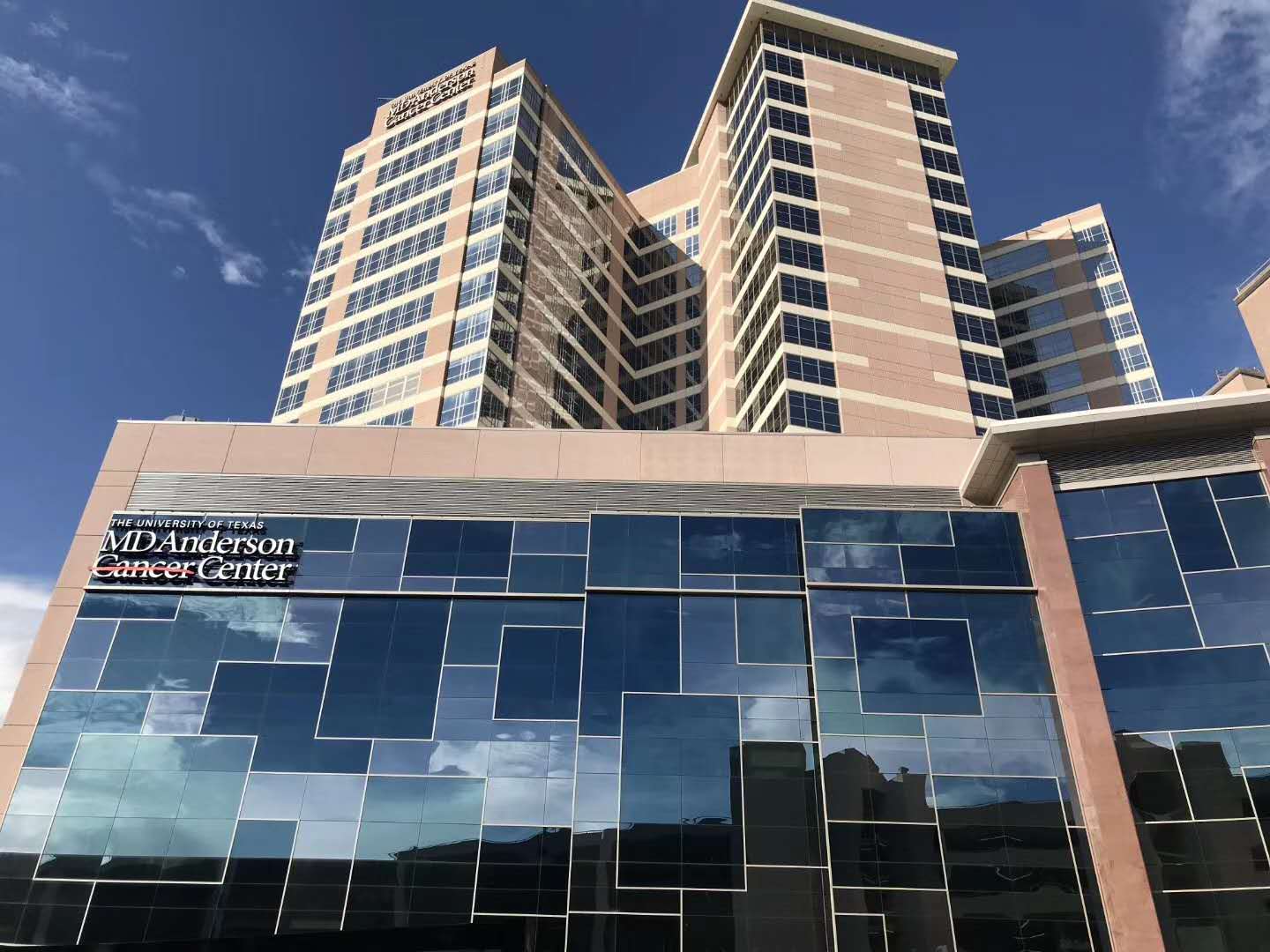
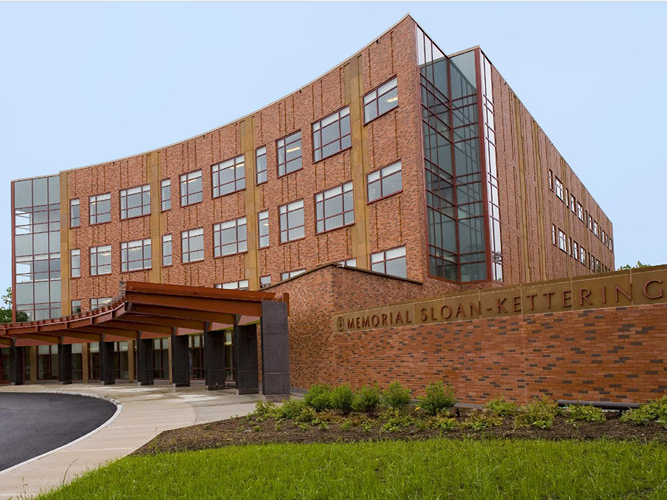
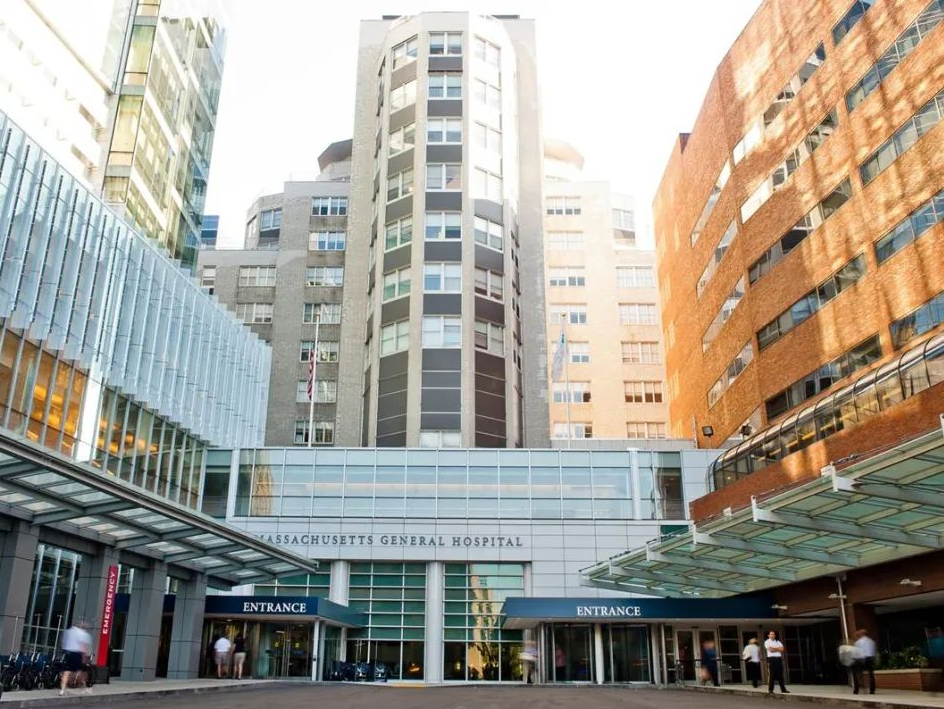
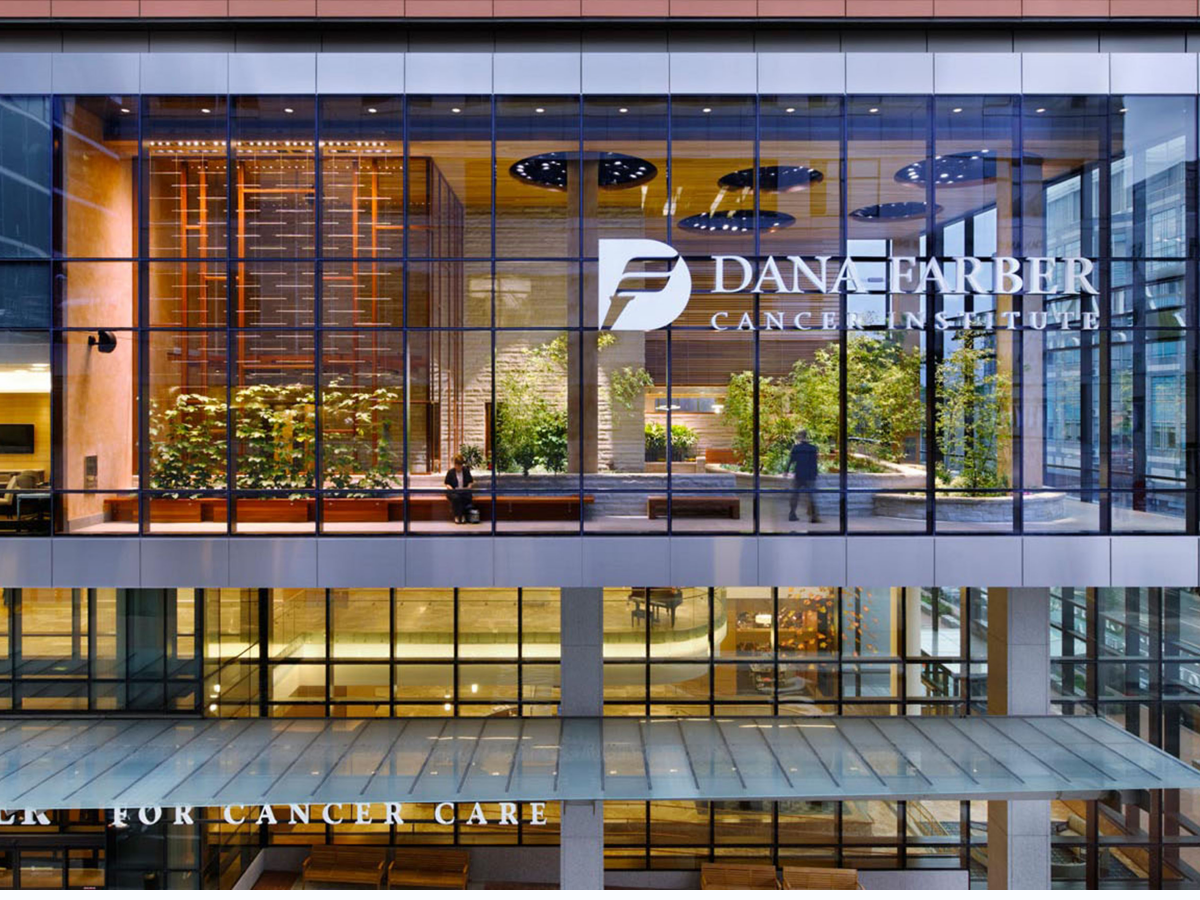
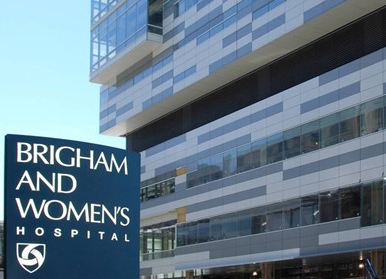
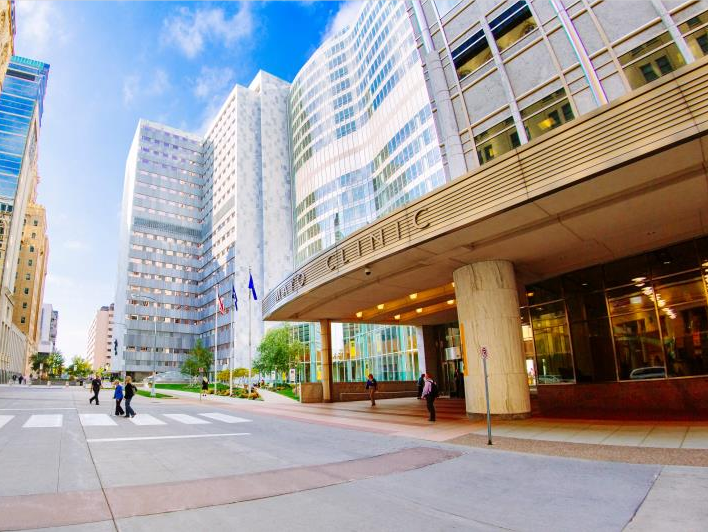
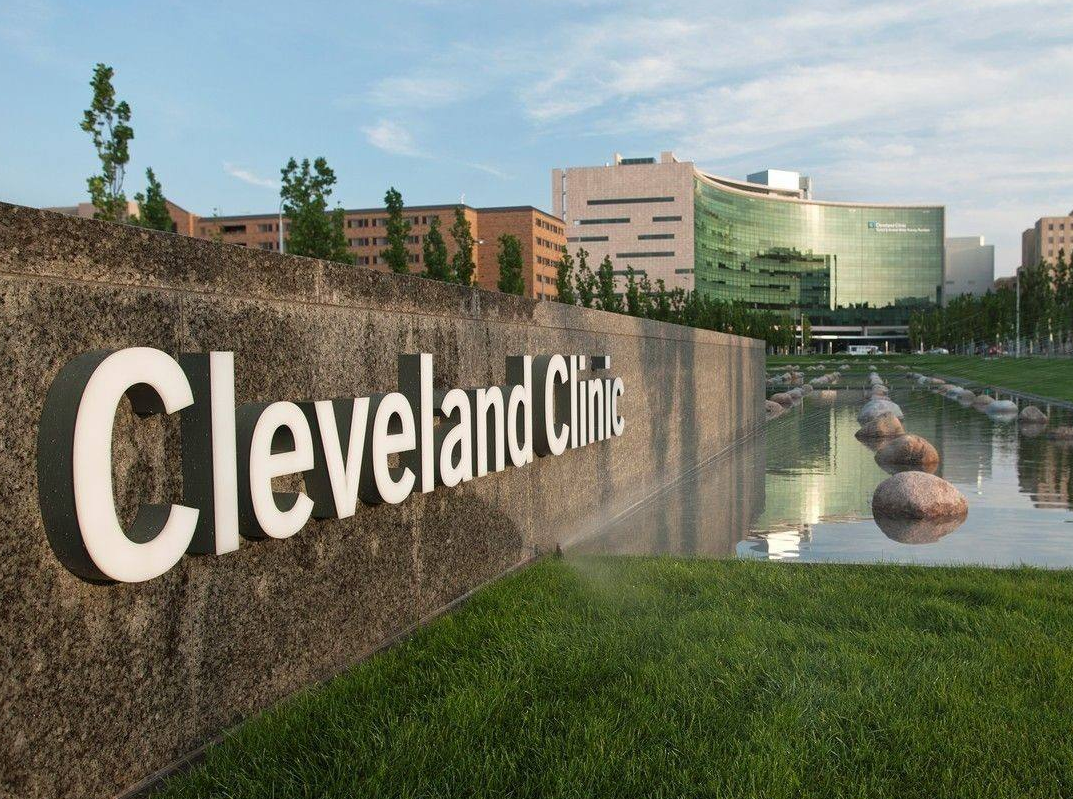
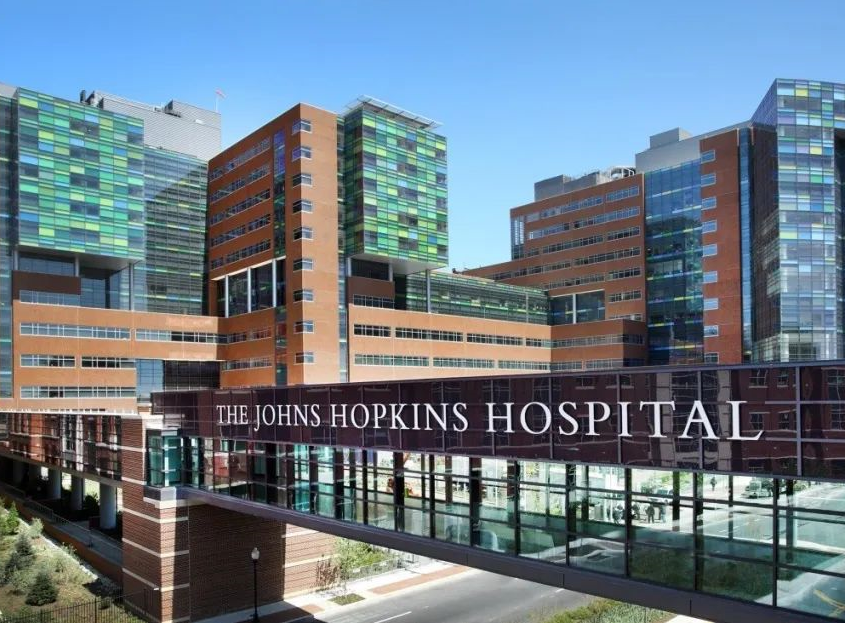





 联系医学顾问
联系医学顾问 
 提交成功!
提交成功!



 出国看病费用评估
出国看病费用评估